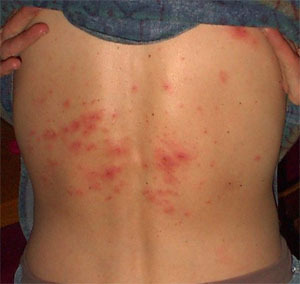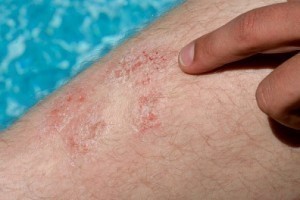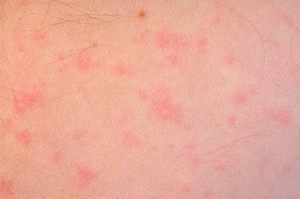Shingles Symptoms
Shingles, which is also known as herpes zoster, is classified as a viral disease marked by blisters and painful skin rash. It only affects limited parts of the body, usually on one side only. Early signs of this illness include malaise, fever and headache, which are soon to be followed by paresthesia, itching and burning pain sensations. Just like chickenpox, this uncomfortable medical condition is caused by the so-called varicella-zoster virus. Patients can understand more this illness by knowing the different major and minor shingles symptoms, diagnosis as well as treatments.
Signs of Shingles
When suffering from shingles, patients can experience early signs such as malaise, fever and headache. Aside from these, they can also feel numbness, tingling and burning pain in the affected areas. After the onset of pain, patients develop fluid-filled blisters and red rashes. Other major signs like abdominal pain, upset stomach and fever will soon follow. More than anything else, the very first sign of this illness is pain. In some cases, patients misinterpret such symptom with complications of other dreaded diseases such as appendicitis, gallstones and kidney stones.
Other possible symptoms include optic nerve palsies, keratitis and conjunctivitis. Furthermore, it is quite normal for shingles patients to experience debilitating pain, loss of vision as well as chronic ocular inflammation. Older adults are the common victims of such disease, mainly because of their weaker immune systems.
Shingles Diagnosis
When consulted about this dreaded disease, physicians usually check the medical histories of their patients. The blisters and rashes will be observed. Afterwards, patients need to undergo physical examinations to diagnose the different symptoms, possible causes and best treatments for such medical condition. Furthermore, physicians may scrape tissues from the blisters for analysis and examination. When left undiagnosed and untreated, this disease can lead to a more serious medical condition called postherpetic neuralgia.
Shingles Treatment
After proper diagnosis, physicians will recommend the appropriate medications to the patients. In order to relieve them from pain, they can take anticonvulsants, antidepressants or other forms of pain medication. Antiviral drugs are important because they can effectively reduce the severity as well as duration of symptoms. Some of the available antiviral medications include famciclovir, valacyclovir and acyclovir. Patients must take these drugs preferably 72 hours after the first sign of the disease.
To help reduce inflammation, individuals suffering from this illness can take anti-inflammatory drugs such as prednisone. For the management of pain, patients can take opioids, anticonvulsants and tricyclic antidepressants. Ointments and pain-relieving skin patches are also available.
For more information on Shingles Symptoms read:






